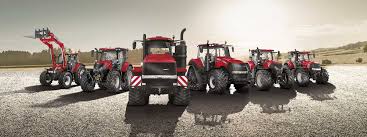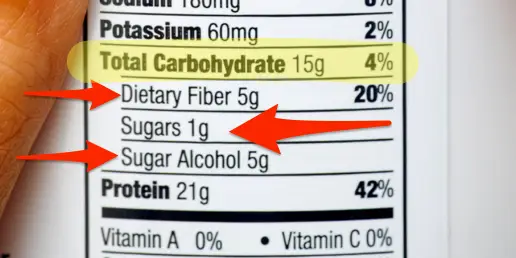Before buying a cricket bat, there are a few things you need to consider. Read this article to learn about size, weight, and toe protection. Also, read about Willow grading and the importance of proper size. All of these factors will help you get the best bat for your needs. This cricket bat can be a costly purchase, so be sure to do your research and follow the instructions carefully.
Toe protection
When purchasing a gm cricket bats , be sure to include toe protection. Also known as a bat toe guard, this accessory protects the bottom of the bat against excessive moisture and everyday wear and tear. Many cricket bats come with toe guards, but they typically need to be replaced after some use. Adding a toe guard can reduce the risk of getting a cricket bat toe injury, as well as prevent your cricket bat from absorbing water.

A toe guard kit contains two toe guards, adhesive, and emery board strips for affixing to your cricket bat. Toe guards can be purchased separately or in sets of two. Choose one that blends in with the existing colour of your cricket bat, as well as with your team’s colors. Make sure to purchase one that is of high quality so it will last for several seasons.
Weight
There are three main categories of cricket bats, according to their weight. Cricket bats can weigh between 2 lbs and 3 lbs and 6 oz, and can be made of wood, a composite material, or an alloy of both. After the 1979 change in the Laws of Cricket, bats must be made of wood. This was made possible after players objected to the use of an aluminium bat in a match.
Cricket bat weight is a common debate. While some players choose to play with a light bat, others prefer a heavy-weight one. The weight of a cricket bat can be determined by a number of factors, including the style of play and the player’s build. Lightweight bats are usually 2lb 7 oz and less; heavyweight bats will typically weigh under 1kg. Ultimately, the choice between the two categories will depend on the player.
Willow grading
There are many things to consider when grading your cricket bat’s willow. First, the blade should be in excellent condition. This means the grain structure should be straight. Grade 1 willow has at least six straight grains. This means the bat will last a long time and be more durable. However, if you do not have the money to spend on a top-quality bat, you may want to consider a lower-grade cricket bat.
When it comes to cricket bats, willow grading is one of the most important factors to consider. Some cricket bats will have a higher grade, while other cricket bats are perfect for beginners. But don’t get too stuck on grade–there are many different ways to have exceptional performance and the right willow isn’t always the best option.
Size
In cricket, size of a cricket bat is an important factor in technical development. A cricket bat must be both long and light, as both factors can hinder a cricketer from playing the correct stroke. A junior cricket bat is scaled down in size and weight. But, what is the best size cricket bat for a child? Here are some guidelines. The cricket bat should be no longer than 38 inches. And, it must be of good quality.
Depending on your child’s height, there are different sizes for juniors. A size four cricket bat is best for kids under four years. A size five cricket bat is suitable for kids between six and thirteen years old. A size seven bat is for children aged 14 and older. A size ten cricket bat is perfect for teenagers or adults who are smaller in stature. But, it’s not the only factor to consider when choosing the size of a cricket bat for your child.
Brand
The quality of a cricket bat has a lot to do with its brand. Although the majority of cricket bats are made of flimsy materials, you should be sure that you choose a good brand if you want to avoid buying a sub-par one. Many people tend to assume that any cricket bat will do, but the truth is that there are many factors to consider when buying a cricket bat. Listed below are the top 7 brands of cricket bats for leather balls:
Cricket bats are one of the oldest brands in the world and are well-known among local and professional players. These bats have large profiles and are lightweight, making them excellent for big shots. You can find many endorsers of this brand in the form of professional cricketers. These brands have a reputation for quality and have been around for over a century.
Price
The price of a cricket bat can vary from under a hundred dollars to up to three hundred and fifty dollars. A cricket bat of renowned brands can set you back upwards of three thousand dollars. The price of a cricket bat should also be based on its durability and ability to withstand multiple swats and spins. A cricket bat made of Grade can cost upwards of three hundred dollars.
A cricket bat has two main parts: the handle and the blade. The handle is the smaller cylinder piece which runs into the top of the blade and forms an upside-down V shape. The blade is the main component of a cricket bat and features a sweet spot (the area between the toe and the middle of the face), and a spine that extends almost three-quarters of the bat’s back.



